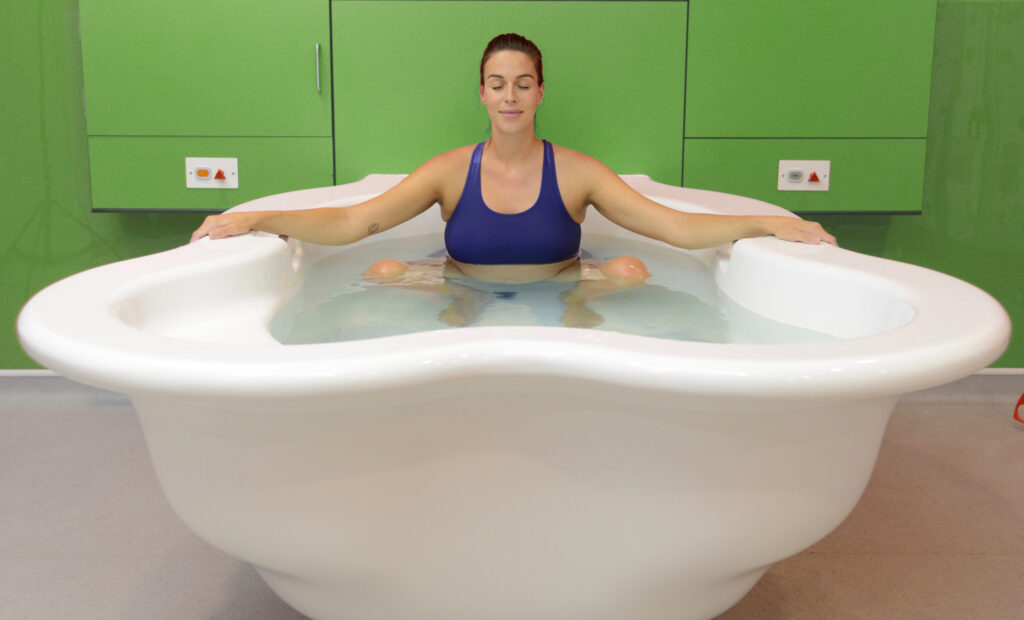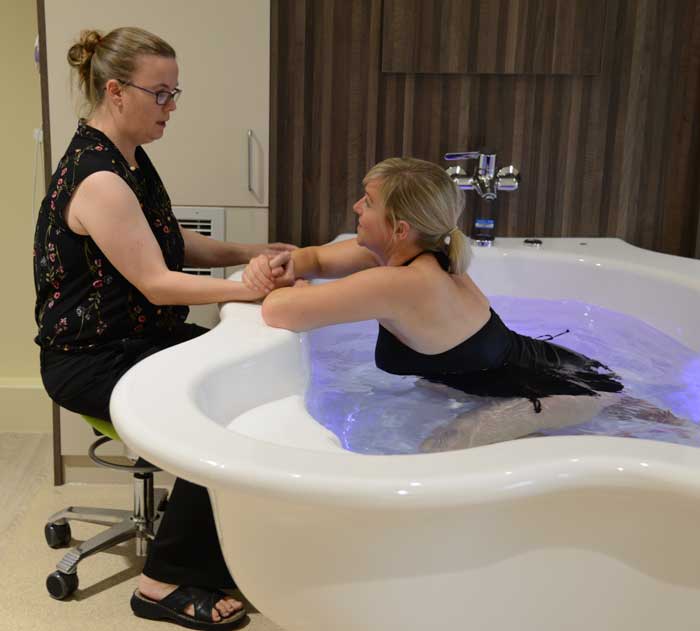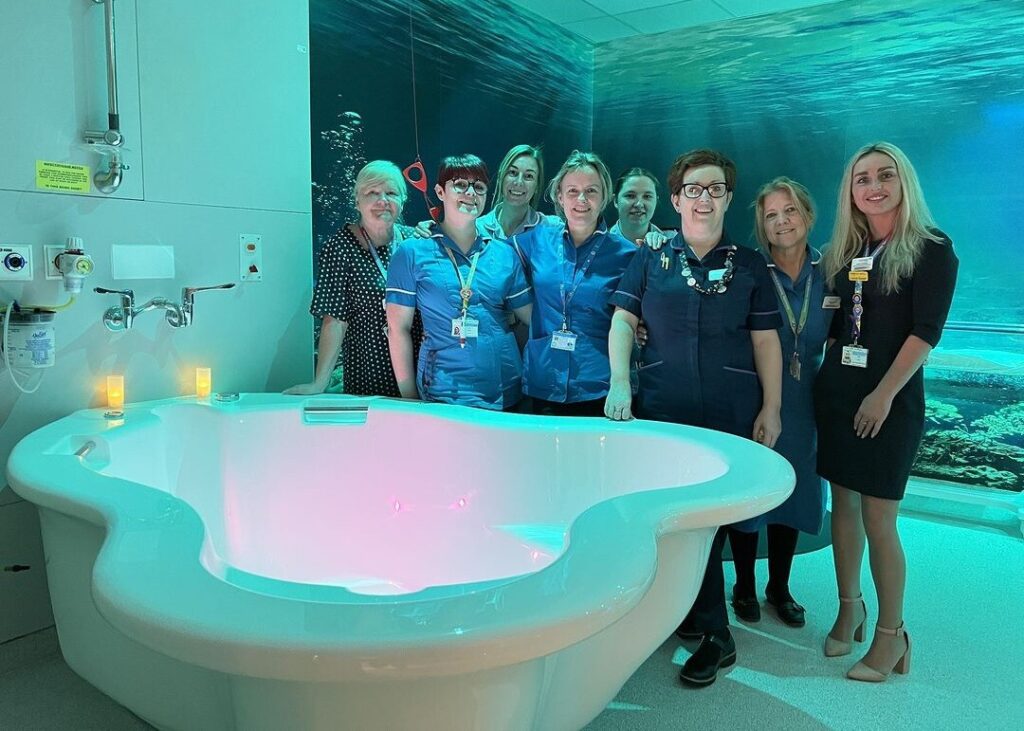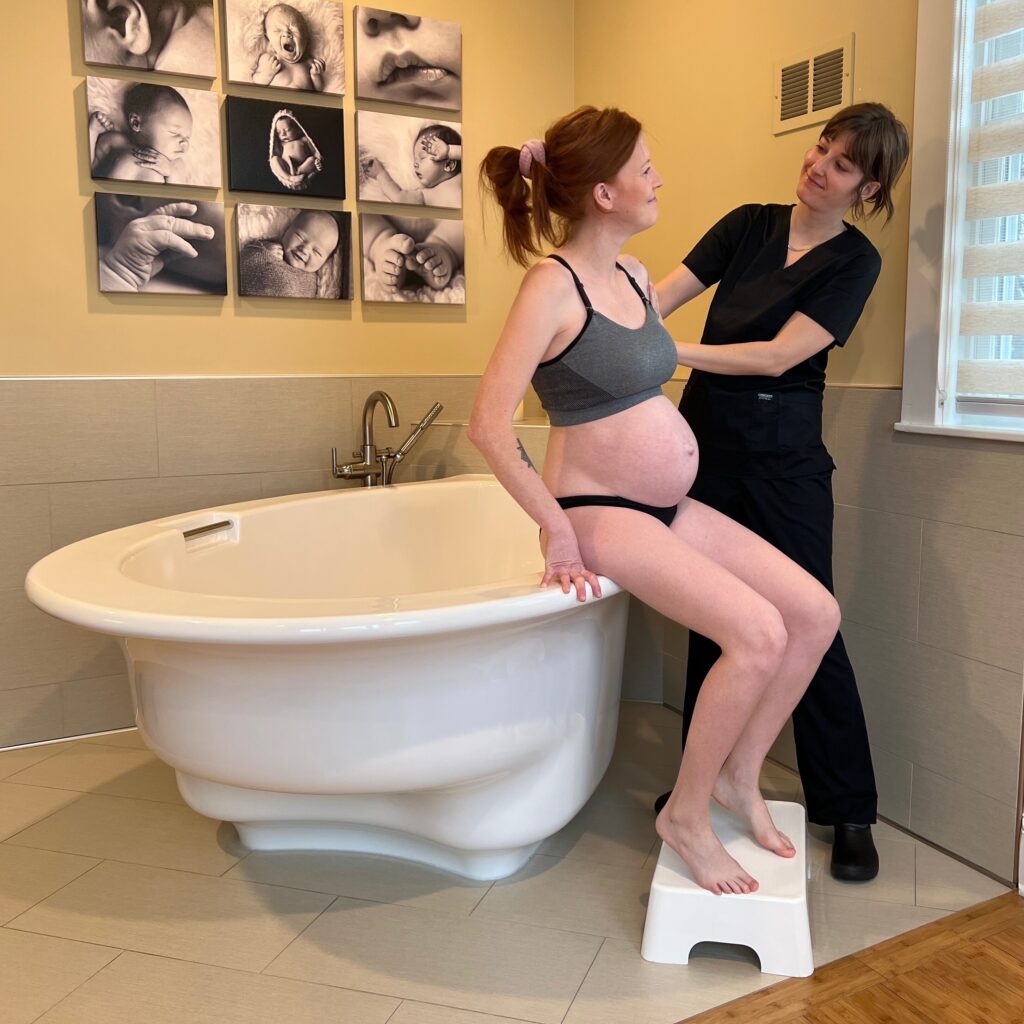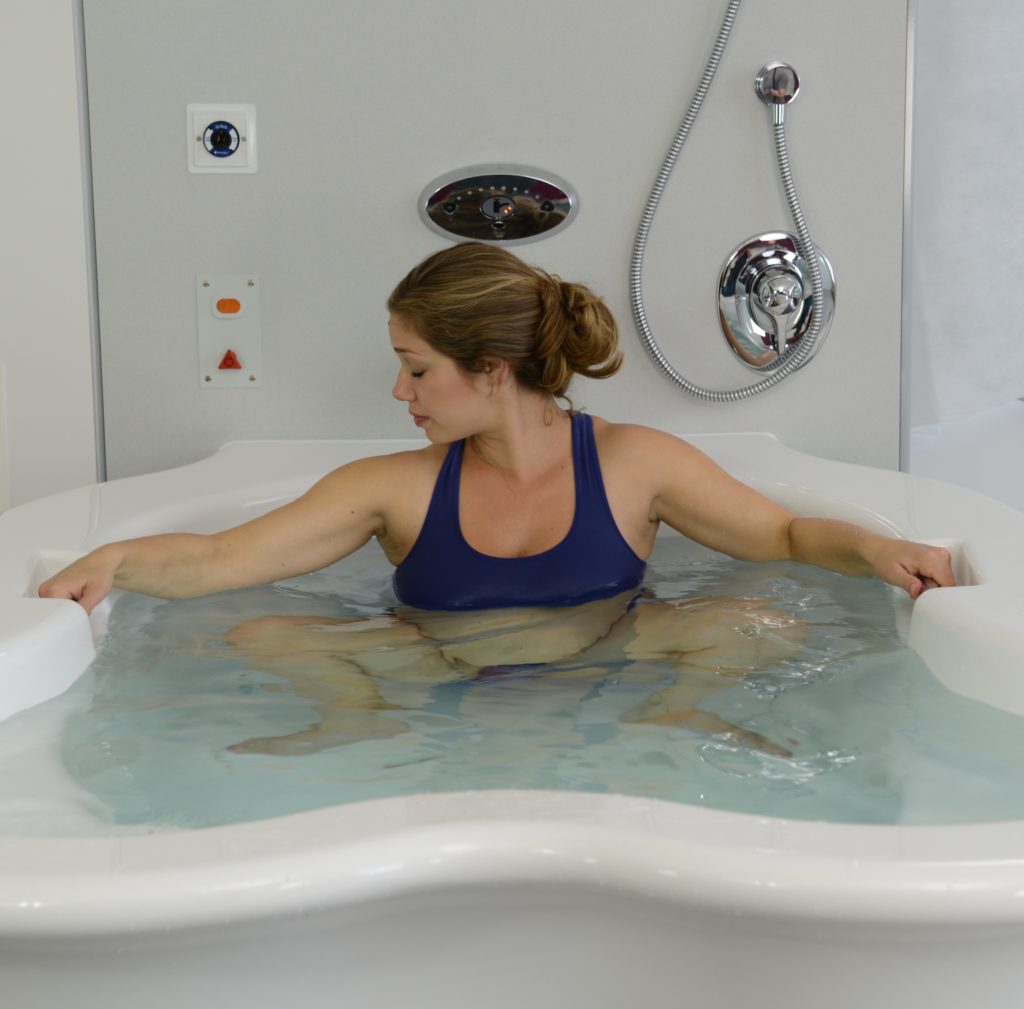In recent years, Legionella has made it back into the news, with several reported outbreaks in hospitals across the UK.
As recently as June this year, Brighton and Sussex University Hospitals NHS Foundation Trust was fined £50,000 for failing to control the growth of Legionella in its water systems.
With the spotlight firmly back on the need for bug-free water systems, manufacturers are bringing to market a range of solutions.
Facilities and estates managers should avoid water temperatures and conditions that favour Legionella growth, ensure water cannot stagnate anywhere in the system, remove any redundant pipework that may exist in the network, and stop using any materials that encourage the development of Legionella.
Good offence is the best defence when it comes to water systems.
Options that should be considered include thermal disinfection – maintaining constant high temperatures as well as shock disinfection; chemical disinfection – the presence of an additive like chlorine; good system design to avoid stagnation of water; regular maintenance to remove any sediment from the system; and the use of materials that inhibit the formation of biofilm for the bacteria to feed off.
Guidance on the subject can be found in the latest versions of the Health and Safety Executive’s ACOP L8 and its appended HSG 274 parts 1, 2 and 3, among others.
Legionnaires disease is caused by a bacterium that exists in water and remains inert at temperatures below 25°C.
It proliferates in water circuits at temperatures fluctuating between 25°C and 45°C, meaning hot and cold water systems, air conditioning circuits, and cooling towers are most at risk.
Facilities and estates managers should avoid water temperatures and conditions that favour Legionella growth, ensure water cannot stagnate anywhere in the system, remove any redundant pipework that may exist in the network, and stop using any materials that encourage the development of Legionella.
Active Birth Pools are fabricated in one solid piece of Ficore composite without seams or seals and are impervious to bacteria.
An Active Birth Pool manufactured in Ficore meets or exceeds all relevant regulations and will withstand the rigours of heavy hospital use and disinfection with caustic chemicals.
Ficore is a composite of eight different elements chemically fused during manufacturing and then heat cured at high temperature to create a material that is light in weight but ‘heavy’ in performance.
1. The surface of Ficore is isophthalic neo-pentyl-glycol that is:
a) 50% harder (stronger) than acrylic and fiberglass – materials other birth pools are made from.
b) Able to withstand both continuous heat or hot water of 80 degrees Celsius/176 Fahrenheit, and thermal shock of alternating hot and cold water.
c) Extremely smooth, tactile and warm to the touch.
d) Resistant to most chemicals including acid or alkaline solutions (e.g. lime scale remover) which neither acrylic nor vitreous enamel can withstand.
e) Less slippery than acrylic or fibreglass. Mothers experience better traction and are safeguarded from injury resulting from slipping or falling.
2. Due to Ficore’s high insulation factor Active Birth Pools maintain water temperature 6 x longer than acrylic baths and 12 x longer than vitreous enameled baths.
3. Ficore has an extremely high degree of structural integrity. It is none flexing, and will not buckle, bow, or change shape under pressure.
4. It will not chip as will vitreous enamel.
5. It is fully repairable.
6. While fibreglass or acrylic birth pools carry only a 1 – 2 year guarantee, we guarantee Active Birth Pools manufactured in Ficore for 20 years.
7. Ficore is:
- Approved by Lloyd’s Register of Shipping
- Approved by Wine Laboratories Limited for long term storage of high alcohol content wines and spirits
- Approved by The Water Research Council and the Water Bylaws Advisory Service for the longterm storage of potable water.
Active Birth Pools are not equipped with features such as overflow drains, jets/jacuzzi’s, integral plumbing and heating systems which are in contravention of Health & Safety regulations.


